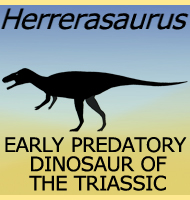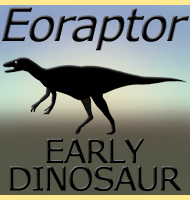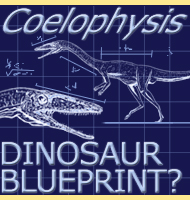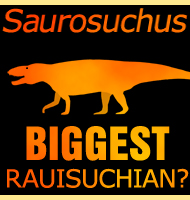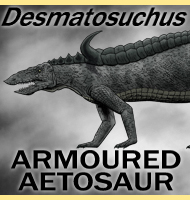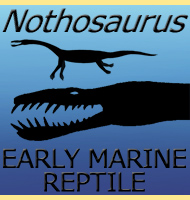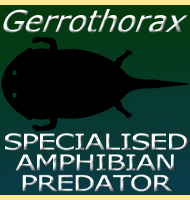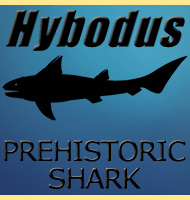


Sacisaurus
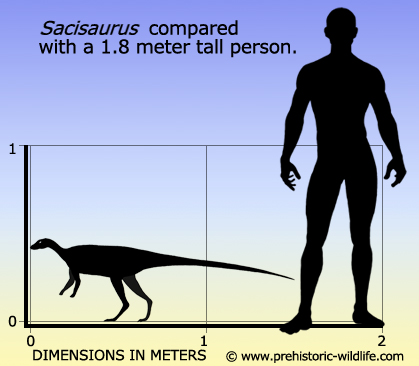
Name:
Sacisaurus
(Saci lizard).
Phonetic: Sa-ce-sore-us.
Named By: J. Ferigolo & M. C.
Langer - 2007.
Classification: Chordata, Reptilia,
Dinosauromorpha, Dinosauriformes, Silesauridae.
Species: S. agudoensis
(type).
Diet: Herbivore.
Size: About 1.5 meters long.
Known locations: Brazil - Caturrita Formation.
Time period: Carnian/Norian of the Triassic.
Fossil representation: Dentaries and partial skull
and post cranial remains.
A
member of the Silesauridae (and hence relative of Silesaurus),
Sacisaurus was a late Triassic dinosauriform from
South America.
Although much of the skeleton of Sacisaurus is
still unknown, the
parts which have been recovered and studied have revealed traits that
are similar to ornithischian dinosaurs. Better known as ‘bird
hipped’ dinosaurs, ornithischians went on to produce such diverse
groups as ornithopods, hadrosaurs,
ceratopsians,
ankylosaurs,
stegosaurs
and pachycephalosaurs.
Paradoxically, the birds are
believed to have evolved from the theropod line of ‘lizard hipped’
dinosaurs.
If
the ancestral line of ornithischian dinosaurs can be traced back to
Sacisaurus, then that would mean that the two main
groups of
saurischian and ornithischian dinosaurs actually became established
before either group could technically be described as a dinosaur,
which in turn could suggest that the two groups appeared as a
convergent evolution derived from common ancestors.
Sacisaurus
is known to have had quite small teeth which did not grow bigger than
three millimetres long. These teeth seem to be best adapted to
processing plants, which would suggest that Sacisaurus
was a
herbivore. What is known about the post cranial skeleton is that the
legs of Sacisaurus were long in proportion to the
length of the body.
These legs indicate that Sacisaurus were fast
runners and probably
relied upon speed to outrun potential threats such as rauisuchians
and
predatory dinosauriformes.
Further reading
- A Late Triassic dinosauriform from south Brazil and the origin of
the ornithischian predentary bone. - Historical Biology
19(1):23-33 - J. Ferigolo & M. C. Langer -
2006.
----------------------------------------------------------------------------
Random favourites
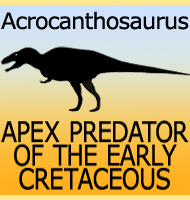 |
 |
 |
